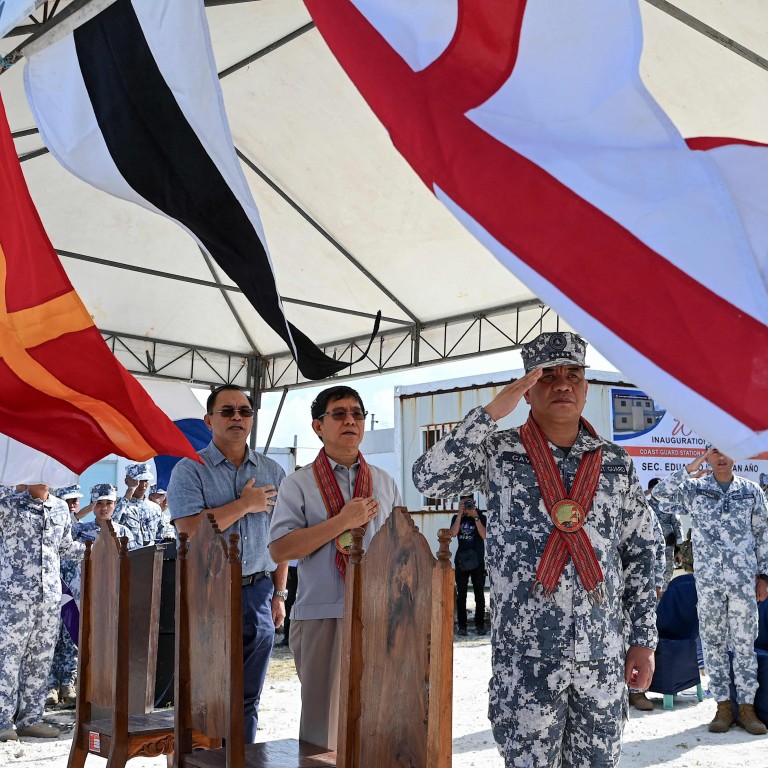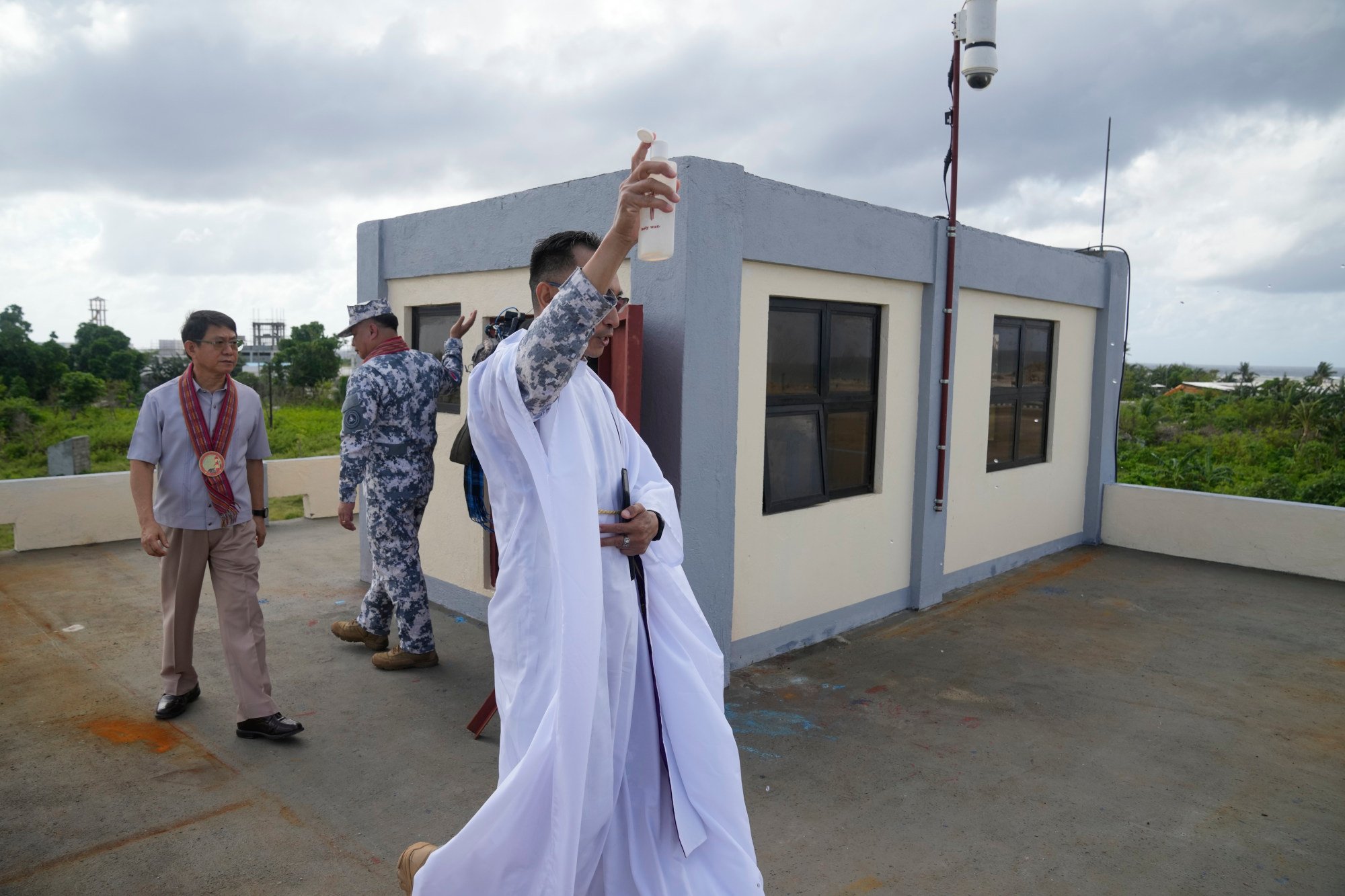
Philippines’ ‘advanced’ coastal station to step up monitoring of Chinese vessels in South China Sea
- The station, on the Philippines’ Thitu Island that is part of the contested Spratly Islands, has been built and is expected to be operational early next year
- Manila-Beijing ties have frayed in recent months over a series of incidents in the waters, including two collisions between Philippine and Chinese boats
The coastguard station would be equipped with “advanced systems”, including radar, satellite communication, coastal cameras and vessel traffic management, Ano said.
The station has been built and is expected to be operational early next year.
“These systems will greatly enhance the PCG’s ability to monitor the movements of the Chinese maritime forces, other countries that might be coming here, and also as well as our own public vessels and aircraft,” Ano said, referring to the Philippine Coast Guard.

The collection of real-time data would have “an impact on the behaviour” of rival claimants, especially the Chinese, Ano said, hailing it as a “game changer”.
Beijing claims almost the whole of the South China Sea under what it calls its historical “nine-dash line”, and a string of confrontations in the waters rich in oil and fish have largely marred relations with rival claimant Manila.
The Philippines won an arbitral ruling in 2016 that invalidated Chinese claims to strategic reefs and atolls, an outcome rejected by Beijing.
It deploys vessels to patrol the waters, and has built artificial islands and military installations to reinforce its stance.
The Philippines, Brunei, Malaysia, Taiwan and Vietnam have also staked claims to various islands and reefs in the sea that is believed to have rich petroleum reserves deep beneath its waters.
Relations between Manila and Beijing have frayed in recent months over a series of incidents in the waters, including two collisions between Philippine and Chinese boats, with the countries trading blame.
On Friday, Ano accused Chinese coastguard and other vessels of engaging in “illegal” and “aggressive” behaviour towards Filipino fishermen and patrol boats.
“It’s pure bullying,” Ano said.
“We shall not waver, we will stand our ground. We will not be deterred by any power that tries to oppress and outmuscle us.”

.png?itok=arIb17P0)
